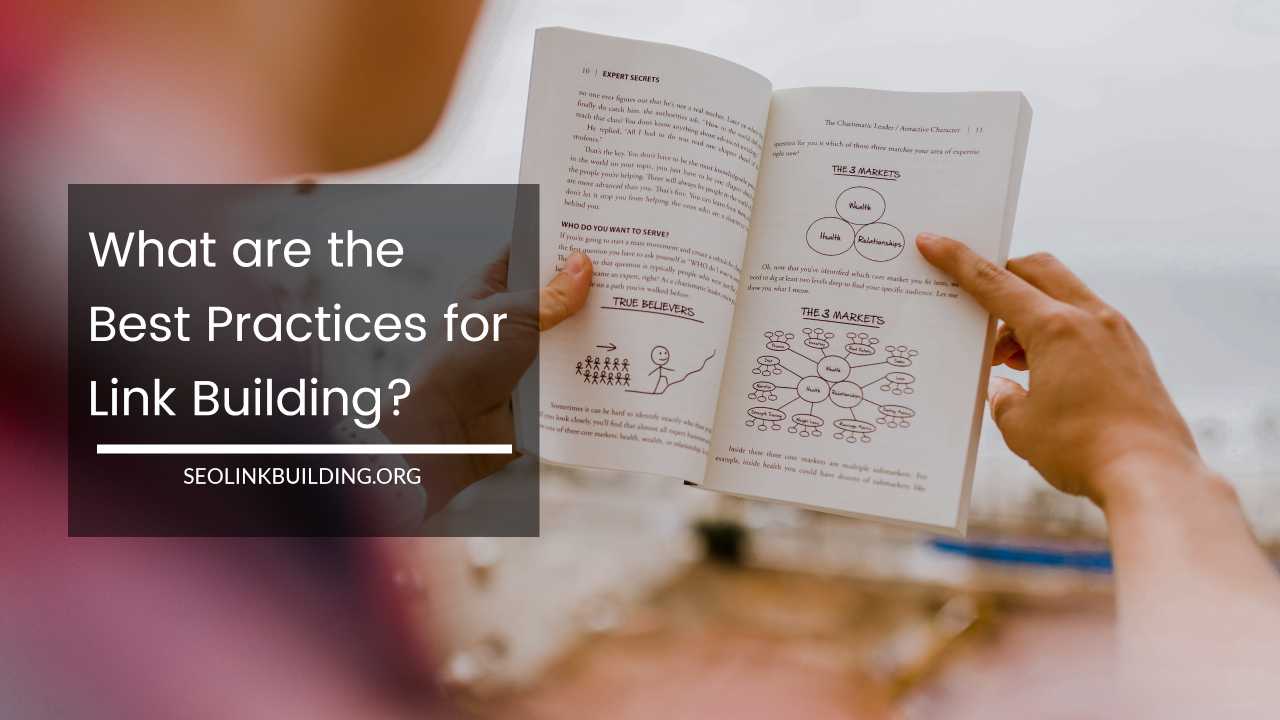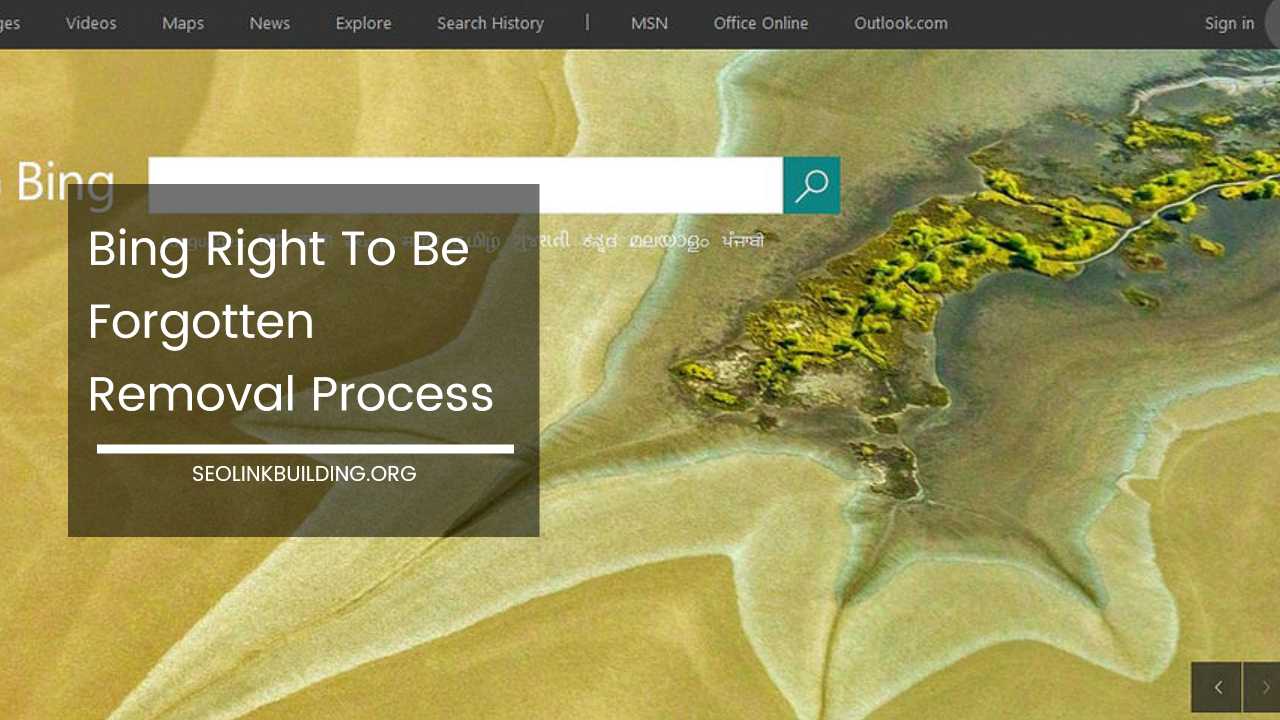What are the Best Practices for Link Building?

Link Building Best Practices
Mastering the Art of Link Building: A Comprehensive Guide
In the ever-evolving world of digital marketing, link building remains a fundamental strategy for enhancing search engine rankings, boosting website authority, and driving organic traffic.
With the continuous advancement of search algorithms, it’s crucial to adopt a strategic and ethical approach to link building.
This comprehensive guide will delve deeply into best practices for acquiring high-quality backlinks and ensuring your website stands out in the competitive online environment.
Understanding the Importance of High-Quality Backlinks
The Role of Backlinks in SEO
Backlinks, or inbound links, are links from external websites that direct users to your site. Search engines like Google view these links as endorsements of your content’s value and relevance.
The quantity and, more importantly, the quality of these backlinks play a significant role in determining your website’s search engine ranking.
Quality vs. Quantity
While accumulating numerous backlinks might seem beneficial, search engines place a higher value on the quality of these links. High-quality backlinks come from authoritative and relevant websites within your niche.
For instance, a backlink from a leading industry blog or a well-respected news outlet carries more weight than a link from a low-authority or unrelated site.
Quality backlinks enhance your site’s credibility and are more likely to improve your rankings and drive targeted traffic.
Types of Backlinks
- Editorial Backlinks: These are links placed naturally within the content of a reputable website or blog. They are often the most valuable because they come from high-authority sites and are integrated contextually.
- Guest Post Backlinks: Obtained by contributing content to other blogs or websites, guest post backlinks offer opportunities to showcase expertise and build relationships while gaining valuable links.
- Nofollow vs. Dofollow Links: Dofollow links pass authority and influence search rankings, while nofollow links do not. However, nofollow links can still drive traffic and increase brand visibility.
- Resource Backlinks: These are links from resource pages or directories that list valuable content or tools. They are useful for gaining backlinks from sites that curate helpful resources.
Ethical Considerations in Link Building
Ethical link building is vital to avoid penalties from search engines and maintain a good standing. Engaging in black-hat tactics, such as buying links, participating in link farms, or employing excessive keyword stuffing, can lead to severe consequences, including a drop in rankings or even removal from search engine indices.
Principles of Ethical Link Building
- Focus on Quality Over Quantity: Prioritize obtaining backlinks from reputable, relevant sources. A few high-quality links can be more beneficial than numerous low-quality ones.
- Avoid Manipulative Tactics: Resist the temptation to use tactics designed solely to exploit search algorithms. Instead, focus on practices that add genuine value to your audience.
- Build Genuine Relationships: Establish authentic relationships with other website owners, bloggers, and influencers in your niche. This fosters organic link-building opportunities and promotes long-term success.
- Adhere to Guidelines: Follow search engine guidelines and best practices to ensure your link-building efforts are ethical and sustainable. This includes avoiding paid link schemes and link exchanges that can be deemed manipulative.
Effective Link Building Strategies
1. Create High-Quality Content
The cornerstone of successful link building is producing exceptional content that naturally attracts backlinks. This content can take various forms:
Blog Posts and Articles
Craft comprehensive, well-researched, and engaging blog posts and articles that offer valuable insights or information. High-quality written content is more likely to be shared and linked to by other sites.
Infographics
Infographics are visually appealing and can effectively convey complex information in an easy-to-digest format. Create infographics that are informative and relevant to your niche, and promote them through social media and outreach.
Videos
Videos are a powerful medium for engaging your audience. Producing high-quality, informative, or entertaining videos can attract backlinks from sites that embed or reference your content.
Case Studies and Whitepapers
In-depth case studies and whitepapers provide valuable data and insights that can attract backlinks from industry professionals and researchers. Ensure these documents are well-researched and offer unique value.
2. Conduct Keyword Research
Keyword research helps identify the terms and phrases your target audience is searching for. Incorporating these keywords naturally into your content can improve its discoverability and relevance.
Tools for Keyword Research
- Google Keyword Planner: Provides data on keyword search volume and competition.
- Ahrefs: Offers comprehensive keyword analysis and competitive insights.
- SEMrush: Provides keyword research, SEO audit, and competitive analysis tools.
Integrating Keywords
Use keywords strategically in your content, including titles, headers, meta descriptions, and body text. Avoid keyword stuffing, as this can lead to penalties and diminish content quality.
3. Build Relationships
Networking with other website owners, bloggers, and influencers can create opportunities for link building. Engaging in meaningful interactions can lead to natural link-building opportunities.
Networking Tips
- Participate in Industry Forums: Engage in discussions and share your expertise on relevant forums and communities.
- Attend Industry Events: Networking at conferences, webinars, and other events can help build relationships with key industry figures.
- Collaborate on Projects: Partner with other industry professionals on joint projects or content creation to gain mutual benefits.
4. Guest Posting
Guest posting involves writing articles for other websites or blogs within your niche. This strategy allows you to showcase your expertise, reach a wider audience, and acquire valuable backlinks.
Finding Guest Posting Opportunities
- Research Relevant Blogs: Look for blogs and websites that accept guest posts and are relevant to your industry.
- Use Tools: Platforms like BuzzSumo and Ahrefs can help identify sites with guest posting opportunities.
Best Practices
- Write High-Quality Content: Ensure your guest posts are well-written and offer value to the host site’s audience.
- Include Contextual Links: Integrate links to your site naturally within the content, avoiding excessive or irrelevant links.
5. Broken Link Building
Broken link building involves finding broken links on other websites and offering to replace them with links to your relevant content. This strategy demonstrates helpfulness and provides an opportunity to earn backlinks.
How to Find Broken Links
- Use Tools: Tools like Screaming Frog and Ahrefs can help identify broken links on target sites.
- Check Resource Pages: Look for resource pages or directories in your niche that may have outdated links.
Outreach Tips
- Personalize Your Outreach: Craft personalized emails to website owners, offering to replace broken links with your relevant content.
- Provide Value: Highlight the benefits of your content and how it can serve as a valuable replacement for the broken link.
6. Infographics
Infographics are effective for visual storytelling and can attract backlinks from sites looking for engaging and shareable content.
Creating Effective Infographics
- Design Matters: Ensure your infographics are visually appealing and easy to understand.
- Provide Value: Include useful data, insights, or tips that are relevant to your audience.
Promoting Infographics
- Share on Social Media: Promote your infographics across social media platforms to increase visibility.
- Outreach to Influencers: Reach out to influencers and bloggers who might be interested in sharing your infographic.
7. Harvester Outreach
Harvester outreach involves identifying websites that have linked to content similar to yours and offering to provide them with more up-to-date or comprehensive resources.
Finding Opportunities
- Search for Similar Content: Use search engines and tools like Ahrefs to find websites linking to similar content.
- Evaluate Quality: Ensure the sites are reputable and relevant to your niche.
Outreach Strategies
- Personalized Emails: Send personalized emails offering your updated or enhanced content as a valuable resource.
- Highlight Benefits: Emphasize how your content provides additional value compared to existing resources.
8. Link Reclamation
Link reclamation involves finding mentions of your brand or content that do not include a link and requesting that the website owner add a link.
How to Identify Unlinked Mentions
- Use Tools: Google Alerts, Mention, and Brand24 can help identify unlinked brand mentions.
- Monitor Social Media: Track social media mentions and comments related to your brand or content.
Outreach Tactics
- Reach Out Politely: Contact the website owner or content creator, politely requesting that they include a link to your site.
- Provide Context: Explain why linking to your site would benefit their content and offer any necessary resources.
9. Social Media Promotion
Social media promotion can increase your content’s visibility and attract natural backlinks. Sharing your content on social platforms can help it reach a wider audience and encourage others to link to it.
Effective Social Media Strategies
- Create Engaging Content: Develop content that resonates with your audience and encourages sharing.
- Leverage Influencers: Collaborate with influencers to amplify your content’s reach and attract backlinks.
Encouraging Shares
- Engage with Your Audience: Respond to comments and engage with followers to build relationships and encourage content sharing.
- Run Contests or Giveaways: Use contests or giveaways to incentivize sharing and increase your content’s visibility.
10. Backlink Analysis
Regularly monitoring your backlink profile is essential for maintaining a healthy link profile and ensuring the effectiveness of your link building efforts.
Tools for Backlink Analysis
- Google Search Console: Provides insights into your website’s backlinks and identifies potential issues.
- Ahrefs: Offers comprehensive backlink analysis, including identifying toxic links and tracking new backlinks.
- Moz: Provides domain authority metrics and backlink insights.
Managing Toxic Backlinks
- Identify Toxic Links: Use tools to identify low-quality or harmful backlinks that could negatively impact your site’s authority.
- Disavow Harmful Links: Use Google’s Disavow Tool to request the removal of toxic backlinks from your profile.
Measuring Link Building Success
To gauge the effectiveness of your link building efforts, consider the following metrics:
1. Increase in Organic Traffic
Monitor changes in your website’s traffic to determine if increased backlinks correlate with higher organic traffic. Tools like Google Analytics can provide insights into traffic patterns and sources.
2. Improved Search Engine Rankings
Track your website’s position for target keywords in search engine results pages. Changes in rankings can indicate the impact of your link building activities. Use tools like Google Search Console and SEMrush to monitor keyword performance.
3. Domain Authority
Measure your website’s domain authority using tools like Moz. Domain authority reflects your site’s overall strength and credibility. An increase in domain authority suggests a stronger backlink profile and improved search engine rankings.
4. Referral Traffic
Analyze the amount of referral traffic coming from backlinks. Increased referral traffic can indicate that your backlinks are driving users to your site. Google Analytics can help track referral traffic and identify sources.
5. Backlink Quality
Evaluate the quality of your backlinks by assessing the authority and relevance of the linking sites. Tools like Ahrefs and Moz can provide insights into the quality of your backlink profile.
Final Thoughts
Link building is a long-term strategy that demands consistent effort, patience, and adherence to ethical practices. By focusing on creating high-quality content, building relationships, and utilizing effective link building tactics, you can acquire valuable backlinks and enhance your website’s visibility in search engine results.
Remember, in the realm of link building, quality always surpasses quantity. Prioritizing valuable, authoritative backlinks will yield better results and ensure a sustainable, positive impact on your site’s search engine performance.
Mastering the art of link building requires a strategic approach and a commitment to ethical practices. By continuously refining your link building strategy and staying updated on industry trends, you can achieve long-term success in the competitive digital landscape.













